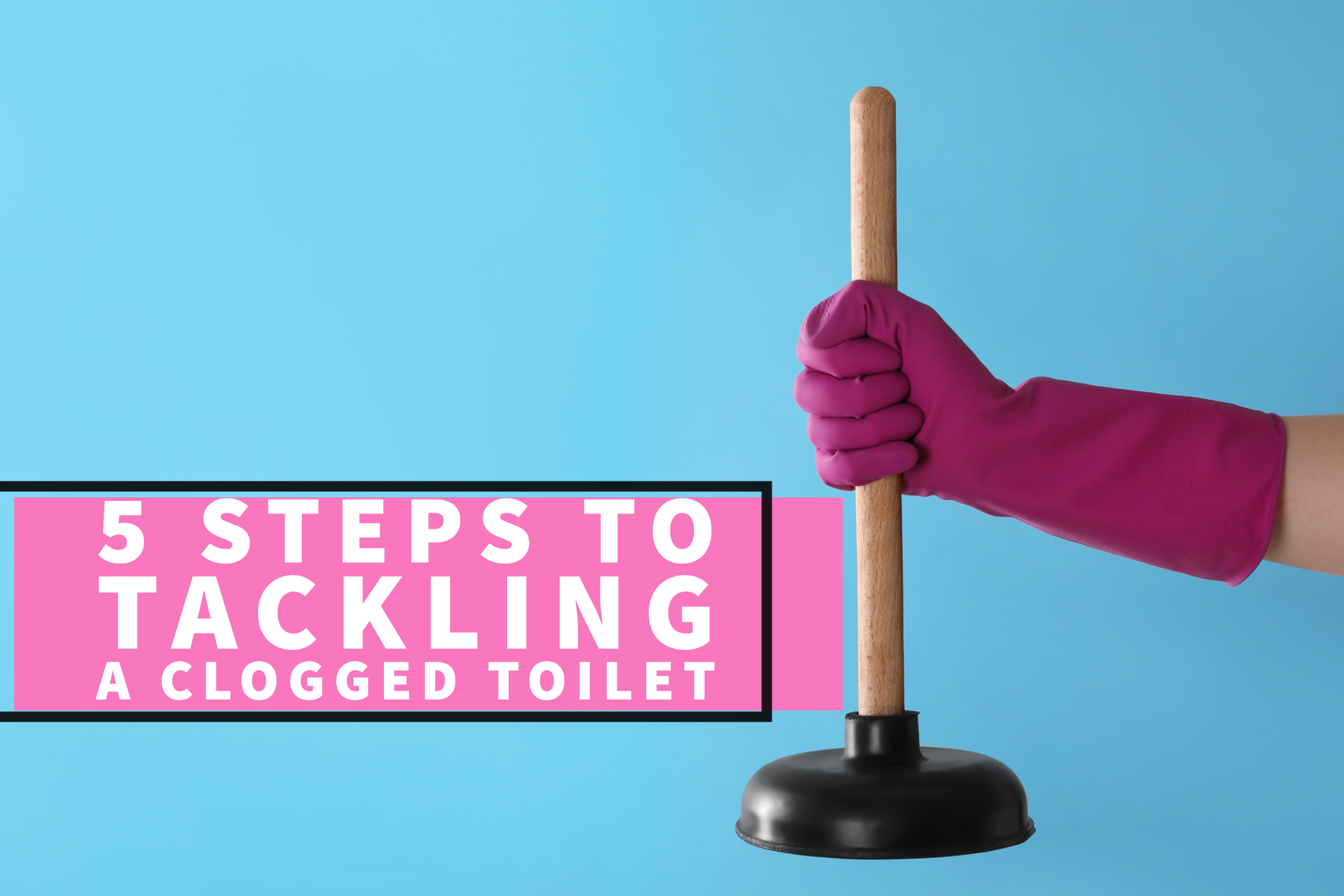Have you ever experienced a situation where, after using the toilet, you flush, and the water starts rising uncontrollably? It can be quite alarming when the water level reaches the brim of the toilet bowl without stopping. So, what should you do? If your toilet water has already spilled on your bathroom floor, don’t worry. There are steps you can take to handle the situation. Stay calm and follow these instructions provided by Canal Winchester Plumbing & Drain.
1. Make Sure to Shut Off the Water Valve:
If your toilet is clogged, you should try to locate the shut-off valve behind it and turn it clockwise to stop the water from continuing to flow into the bowl. Remember to avoid flushing the toilet as it could worsen the situation since the clog is already preventing proper draining. If you are not familiar with what the shut-off valve looks like, look for a football-shaped knob and turn it accordingly.
2. Make Sure to Seal the Flapper Closed:
After turning off the water supply to the toilet, open the tank located at the back of the toilet. Inside the tank, you will find a rubber circle positioned over the drain. This rubber piece acts as a seal to prevent water from flowing into the toilet unless the flush lever is pulled. You can push the rubber seal down gently to ensure that the water is completely sealed.
3. Make Sure to Tie Down the Float:
As an extra assurance, you can further stop the water from filling the toilet tank by locating the float cup (or float ball) inside the tank and securing it from moving around. This device regulates the water level. Simply prevent it from moving about by immobilizing the float.
4. Make Sure to Remove the Excess Water:
Congratulations! You have successfully stopped the water flow, which means you have solved the problem. But don’t stop there; the next step is to clean up. Begin by getting rid of the excess water in the toilet bowl to prevent any further overflow.
If there is any waste or debris in the water, please be cautious while cleaning it up. Safety and hygiene should be your top priorities. It is recommended to wear gloves for safety purposes. You can start by picking up any solid waste and disposing of it carefully in a trash bag. Then use a bucket or container to remove the excess water from the bowl and drain it into the sink or bathtub. Do this slowly to avoid making a mess.
Another important factor to consider is your floors. Water damage can be detrimental to them, so it’s important to act quickly. If you have a wet vacuum, use it to clean up the spill. For solid floors, use any materials available, like old towels, rags, or paper towels, to clean up the spill. On the other hand, if the spill has reached a carpeted area, lay flat towels on top of it and place a heavy object on the towels to absorb the water. Once you’ve cleared everything, don’t forget to disinfect the affected area.
5. Make Sure to Take Care of the Blockage:
After finishing cleaning, use a plunger to unclog the toilet drain. Ensure that the plunger is submerged in water before using it to neutralize the blockage. If the toilet does not drain or the issue persists, it may be time to contact a professional plumber. But if your toilet is indeed working again, fabulous! Just remember that before wrapping up, you make sure everything is returned and readjusted back to its original place—such as the float cup, the tank cover, and turning the water valve back on. However, if you have already attempted to fix the issue on your own without success, do not hesitate to contact us for assistance. We are more than happy to help!
Call Canal Winchester Plumbing & Drain today at (614) 490-7531, or schedule an appointment online now by clicking here!


